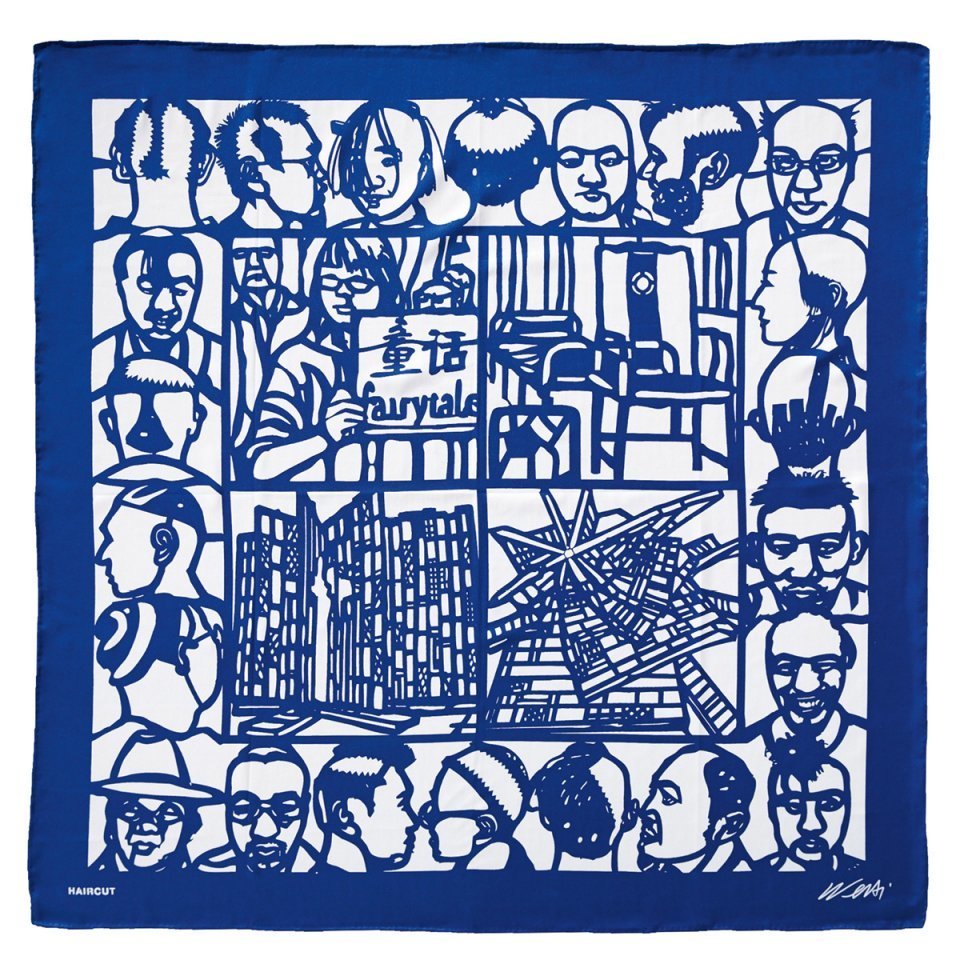
FYI: Ai Weiwei has created handwoven and hand-silkscreened scarves that aesthetically draw on a 2,000-year-old Chinese paper cutting tradition. “The colored, intricately cut papers are used as a story-telling medium in festivities, for prayers, and as everyday decoration.” The scarves are 100% silk. You can find versions in blue, red and black. (Here’s Ai Weiwei sporting one in red.) Or find them all here on Taschen’s web site.
Note: Taschen is a partner of ours. So if you purchase a scarf, it helps support Open Culture.
Related Content:
Who’s Afraid of Ai Weiwei: A Short Documentary
Artist Ai Weiwei Gives the Finger to Symbols of Authority Around the World
Free: Download 70,000+ High-Resolution Images of Chinese Art from Taipei’s National Palace Museum
Ai Weiwei Creates Hand-Silkscreened Scarves Drawing on a Chinese Paper Cutting Tradition is a post from: Open Culture. Follow us on Facebook and Twitter, or get our Daily Email. And don't miss our big collections of Free Online Courses, Free Online Movies, Free eBooks, Free Audio Books, Free Foreign Language Lessons, and MOOCs.
from Open Culture https://ift.tt/3ipJJDy
via Ilumina
Comments
Post a Comment